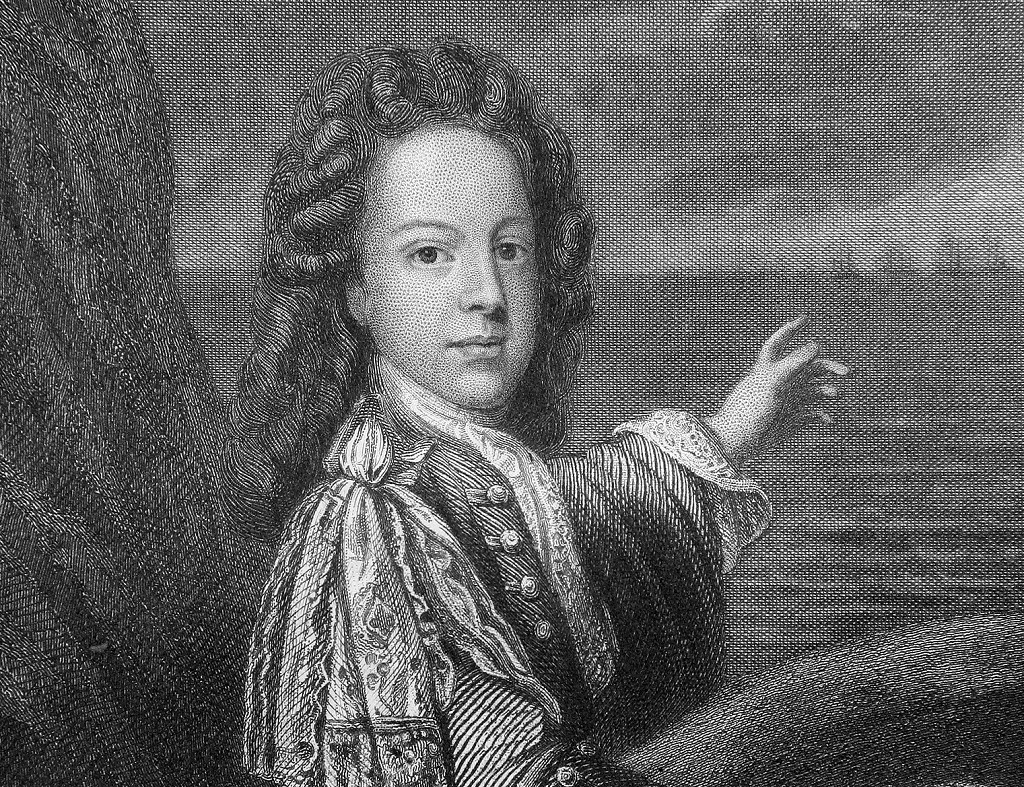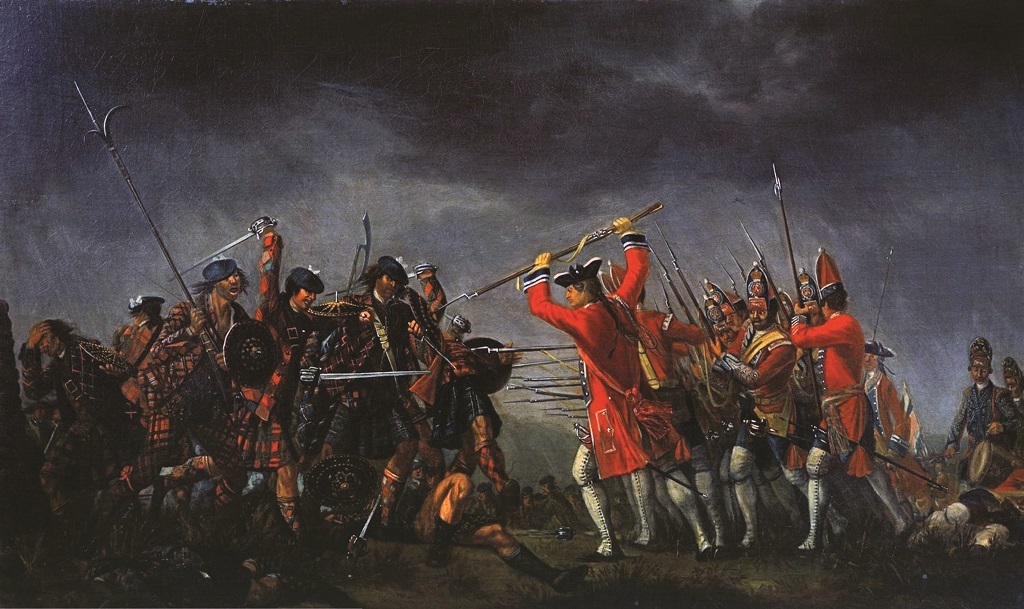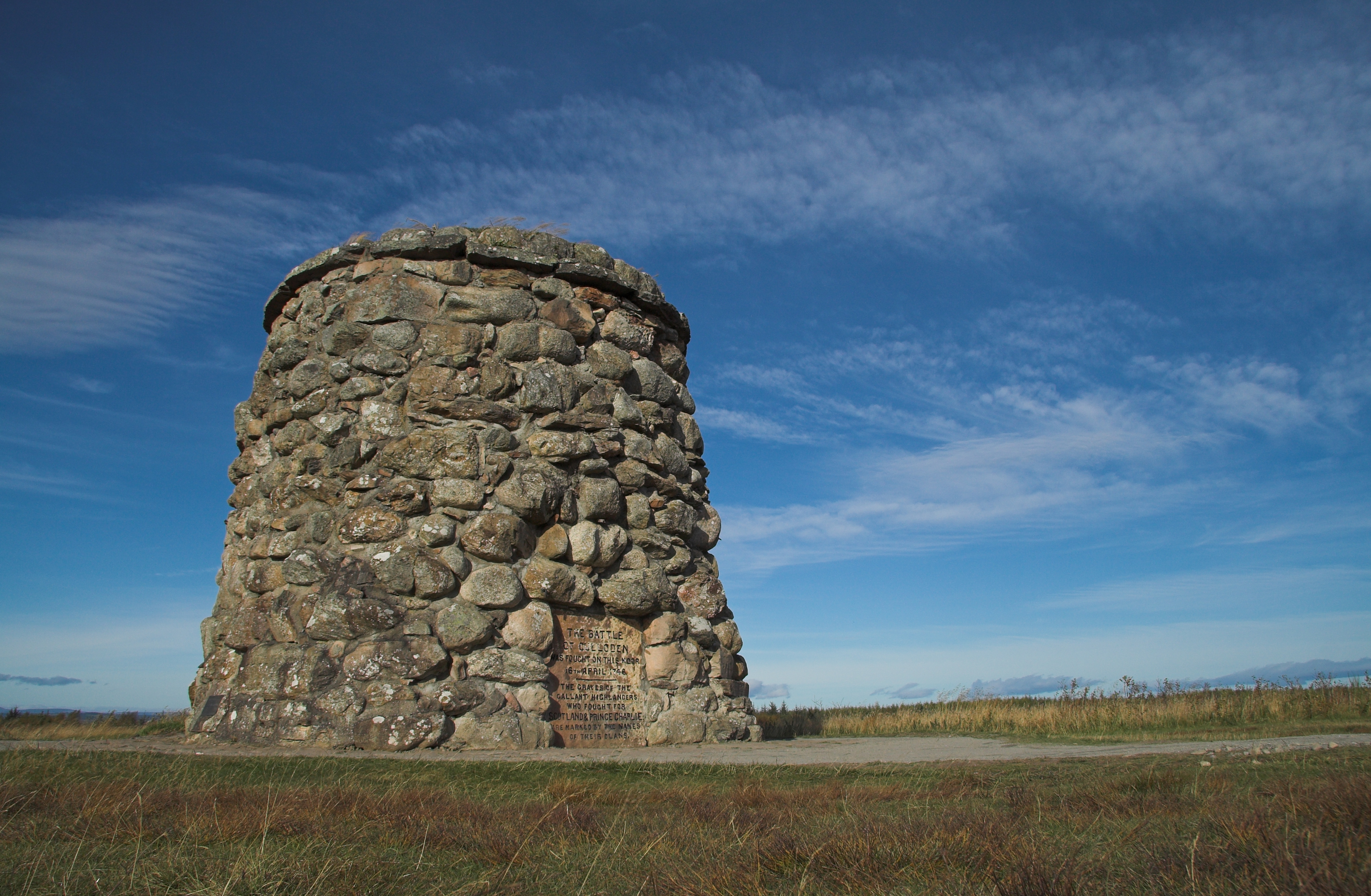In 1746, the last land battle fought on the mainland of the United Kingdom ended the Jacobite ‘Forty-Five’ rising.
It also terminated both the military and the political cause of the exiled Stuarts and, as in all civil wars, was followed by merciless retribution from the victors.
The political background was simple; the Stuarts wanted the Crown back. Their dynasty had begun with much optimism in 1603 when James VI of Scotland became James VI & I of Great Britain with the ‘Union of the Crowns’.
All Stuart monarchs believed they ruled by divine right; God had called them to the throne – and no secular power such as a parliament had the right to remove them. Despite parliament actually removing the head of King Charles I, this notion subsisted in his grandson King James II and indeed his motto Dieu et Mon Droit (‘God and my Right’) remains upon the coat of arms of the British royal house to this day.
James II’s insistence on curtailing the power of the House of Commons, together with his unswerving Roman Catholicism, led in 1688 to a coup d’état. He was deposed, went into exile in France and was replaced by his Protestant daughter Mary Stuart and her Dutch husband William of Orange.
James died of a stroke in 1701 and was succeeded as the ‘Pretender’ or claimant to the British throne by his son, recognised by King Louis XIV as James VIII.
The supporters of James (Jacobus in Latin) both at home and abroad immediately began moves to restore the Stuart dynasty. This was the ‘Jacobite’ movement that would end nearly 50 years later upon a blood-soaked moor near Inverness…
In the summer of 1745, James’s son Prince Charles Edward Stuart sailed for Scotland aboard the Doutelle, a French privateer, with a few companions. He landed first on the Scottish island of Eriskay and then at Loch nan Uamh, the loch of the caves, near Glenfinnan. Here he raised his standard and proclaimed his father King James VIII of the United Kingdom, with himself as Prince Regent and Prince of Wales.

An 1845 illustration of Bonnie Prince Charlie
Just over a year later, in September 1746, having marched and fought his way south as far as Derby before retreating back to the Highlands, he was back at that same loch. From here the French frigate L’Hereux would evacuate him to safety in France after his final cataclysmic defeat at Drumossie Moor on the estate which would give its name to the battle – Culloden.
On 30 January 1746, the 26-year-old Prince William Augustus, Duke of Cumberland and third son of George II and Queen Caroline, arrived in Scotland to take command of the Government forces.
An experienced soldier, Cumberland had been recalled from his role as Captain-General of the Allied forces in Flanders, where he was engaged against France in the War of the Austrian Succession.
By mid-April he was encamped near Nairn, scouting the countryside for suitable terrain on which to deploy his artillery and massed infantry to meet the expected attack by the Jacobite army. He feared that Prince Charles Edward would opt for a guerilla campaign as best suited to the tactics and local knowledge of his troops.
Paradoxically, this was exactly what was being advocated by Lord George Murray, the Prince’s best commander, only to be contemptuously vetoed by Charles Edward himself in favour of a full frontal engagement.
Murray, rightly fearful of the outcome of a set-piece daytime engagement against veteran regular infantry and superior artillery, then proposed a night attack.
After dusk on 15 April, the Jacobite army headed cross-country for the Government camp at Nairn only to become hopelessly lost, confused and misdirected in the moonless night. The attack was called off just before dawn, the dog-tired Highlanders returning to Drumossie Moor on the Culloden estate for a brief rain-soaked sleep before what was to be their final engagement.
Many slipped away to forage or indeed to return to their homes, thus joining the several thousands who had previously departed during the retreat. The battle began around mid-day.

The Jacobite failure to adopt guerilla tactics or launch a Highland charge before Cumberland’s artillery could decimate their ranks led to a rout at Culloden in 1746
The 9,000 well-rested Government troops advanced downwind across the Moor towards their exhausted opponents who faced directly into the north-east wind and its accompanying sleet. The Prince’s forces numbered about 6,000 and were in two lines. The left flank of the front line was held by the three regiments of MacDonalds, highly resentful that they were not in their traditional place of honour on the right, held by the Atholl Brigade.
In the centre were some of the best of the Jacobite infantry, veterans of the victories at Prestonpans and Falkirk: Lord Lovat’s Frasers, the MacLeans, Mackintoshes, McLachlans and Chisholms. Weak in artillery, the Jacobite frontline could see Cumberland’s gunners unlimbering and loading their batteries of cannon. Receiving no order to unleash the fearsome Highland charge, by far their best weapon, they must have known what was coming.
And come it did; Cumberland opened fire with roundshot across the unobstructed moorland. Behind his artillery, the Duke’s own front line consisted of six regular infantry battalions; the Royal Regiment on the right, opposite the MacDonalds, with Barrell’s Regiment on the left, facing the Athollmen. The second line contained six more infantry battalions, with yet three more in a third line alongside two squadrons of light cavalry. Out on his flanks were the feared heavy Dragoons: Cobham’s on the right, Kerr’s on the left. All was ready for the Jacobite charge.

The Memorial Cairn at Culloden
Cumberland’s infantry had been given intensive training on how to deal with the onrushing Highlander, claymore in right hand, targe (shield) on his left. Having fired his Brown Bess musket, each man was to use his socketed bayonet to attack the opponent on his right front, trusting that his own comrade to his immediate left would do the same.
This was designed to avoid the parrying effect of the targe and inflict a disabling wound in the first shock of contact.
For a full half-hour the Government artillery thundered on unchallenged, roundshot and then grapeshot hammering into the Prince’s waiting battalions. Still no order to charge came as scores of men went down, thinning the ranks and producing frantic calls from officers and men to be released to the charge. Eventually they went off anyway.
The MacDonalds crashed in to Barrell’s Regiment, overrunning the front line before losing momentum and being shot and bayoneted by the upcoming second rank. Elsewhere the charge was even less successful; depleted by cannon fire and decimated by the rolling volleys of the infantry, Highland courage and dash proved no match for regular infantry discipline. The charge reeled backwards leaving up to a thousand dead in front of and among the Government positions.
Cumberland ordered a general advance and unleashed his cavalry. What had been a battle was now a rout. It had lasted an hour.
Jacobite casualties are estimated at 1,500 dead, with an unknown number of wounded and fugitives bayoneted and shot in the merciless pursuit that followed.Cumberland lost only 59 dead and 250 wounded, the only senior officer to die being Lord Robert Kerr, commander of grenadiers in Barrell’s Regiment and a son of the Marquess of Lothian.
It was over; the military neutralisation of the Highlands was about to begin.
This feature was first published in June 2016.
TAGS

